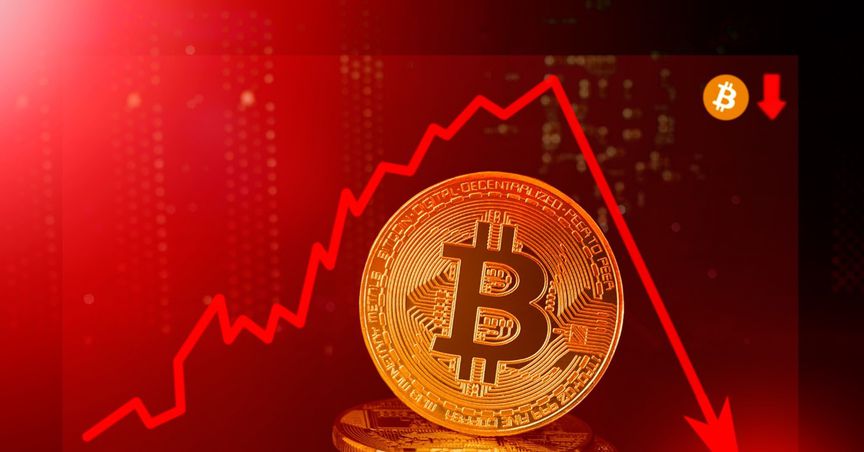Highlights
- Bitcoin has remained largely unmoved by the performance of traditional asset classes, including stocks, real estate and commodities.
- Inflation, interest-rate anxiety and geopolitical tensions have been particularly hard on both the S&P Index and Bitcoin so far this year.
- For much of the history where these two have coexisted, the correlation between them has swung between positive and negative while remaining low.
Since Bitcoin’s inception in 2009, one of its attractions has been its standalone value, which has remained unmoved by the performance of external markets. In fact, for much of its existence, Bitcoin has remained unmoved by the performance of traditional asset classes, including stocks, real estate and commodities.
However, since 2020, this has slowly changed as the performance of Bitcoin and the S&P 500 has become increasingly tied together. Now, February has seen this correlation reach an all-time high, tarnishing Bitcoin’s reputation as a safe haven for investors.
Performance of Bitcoin and the S&P 500
Inflation, interest-rate anxiety and geopolitical tension have been particularly hard on both the S&P Index and Bitcoin so far this year.

Image Source: © Rawpixelimages | Megapixl.com
The S&P 500 index is down over 11% year to date with some sectors faring even worse. Amongst the more hardest hit stocks are Facebook’s parent company, Meta, whose stock plummeted after a disastrous third quarter earnings.
Despite being one of the most successful companies in 2021, Moderna’s (NYSE:MRNA) stock has also nosedived this year, caused largely by a re-evaluation by investors now that we’re on the other side of the pandemic.
Meanwhile, Bitcoin’s value has similarly tumbled this year, with the steady fall beginning in November after the coin’s value reached an all-time high of US$68,500. Since then, the world’s largest crypto has fallen to its current price of US$34,700 – a drop of almost 50%.
All-time high correlation
While it’s true that, Bitcoin’s value has suffered considerably more than the S&P 500, Bitcoin is a much more volatile asset class than the stock market.
What is notable, however, is the correlation between that of Bitcoin and the S&P 500. For much of the history where these two have coexisted, the correlation between them has swung between positive and negative while remaining low.
This changed however in 2020, with the indicator steeply rising in the latter half of 2021 and even more steeply throughout January and February this year. According to analysts, the correlation between the Bitcoin and the S&P500 index has touched a new all-time high of nearly 0.55 now as against their historical correlation range of -0.2 to +0.2.
Bottom Line
If it’s true that this trend has been caused by rising inflation and conflict between Russia and Ukraine, this doesn’t look like it will end anytime soon.
Inflation will likely continue to rise as the economy struggles to cope with damaged supply chains and the burden of reopening after a two-year shutdown.
Additionally, Russia looks set to invade Ukraine and go against the warnings of the US. Conflict in the region will only put further strain on both the economy and crypto giants like Bitcoin.



